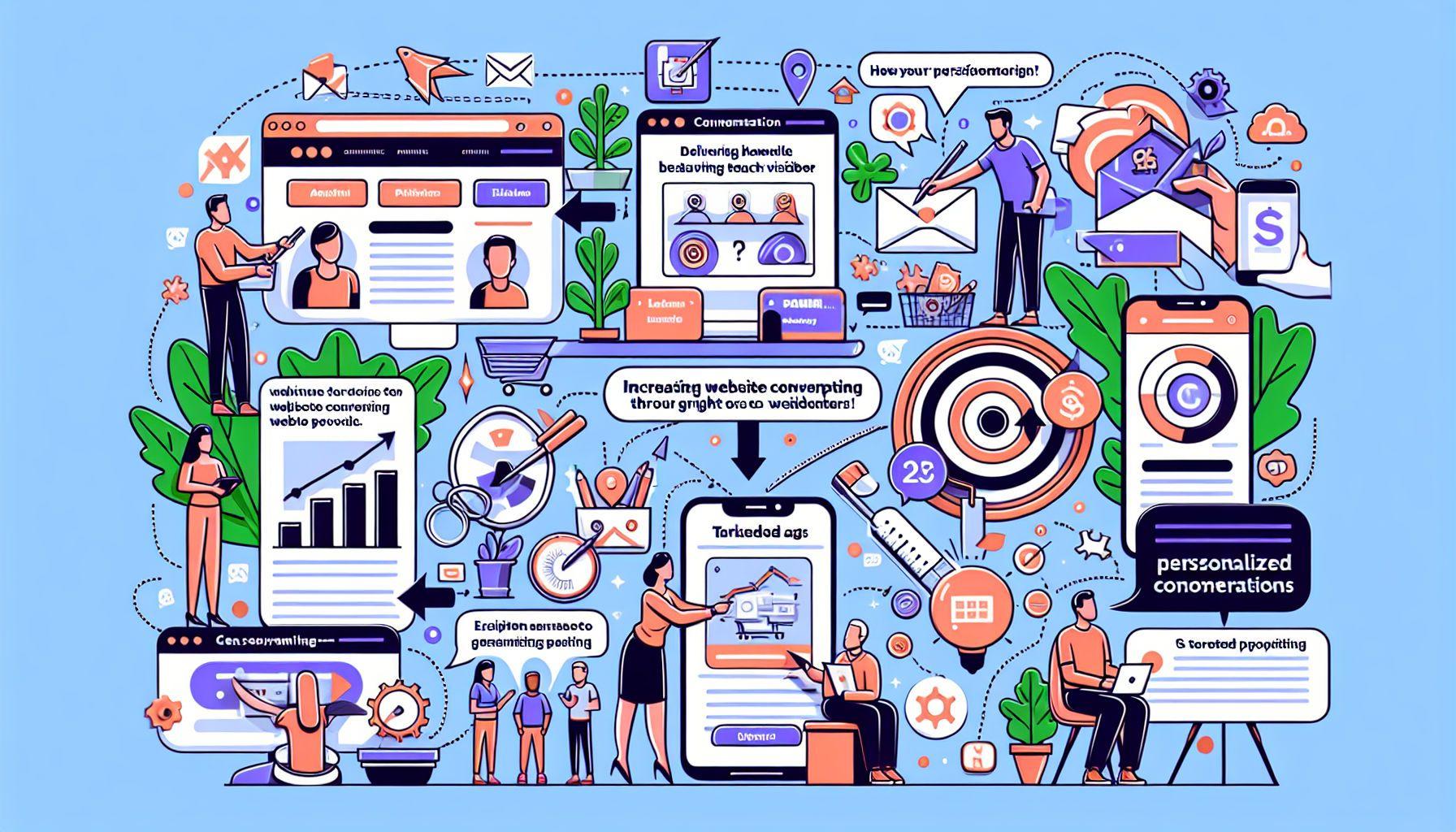How to Increase Website Conversion with Personalized Content
November 8, 2024
•
5 minutes

Content
In the modern world, competition for users’ attention is becoming increasingly intense. Every element of your website must work toward improving conversions. One of the most effective ways to achieve this goal is through personalized content. In this article, we will explore how personalization can significantly increase your website’s conversion rate.
What is personalized content?
Personalized content is information and offers tailored to the interests, preferences, and behavior of a specific user. This type of content makes the interaction with your website more focused and relevant, which in turn increases engagement and conversions.
Example: online stores such as Amazon use personalization to display recommendations based on a user’s purchase history and interests. For instance, if a customer recently viewed sports equipment, the system will show them similar products, increasing the likelihood of a purchase.
Why is this important?
According to studies, users are more likely to complete a purchase or perform another target action if the content meets their individual needs. Personalization helps users feel that the website “understands” their desires and offers relevant solutions.
Example: according to Evergage, 88% of marketers reported significant conversion growth thanks to personalization. Clothing stores like H&M use customer preference data to show outfit ideas or items that match previously purchased products.
Ways to create personalized content
1. User data analysis
Analyze user behavior on your website to understand their interests and needs. Track which pages are visited the most, time spent on the site, and clicks on specific elements. This data helps create more relevant content.
Example: if a user spends a lot of time reading travel blog posts, you can offer a selection of travel gadgets or guides, encouraging them to purchase related products.
2. Audience segmentation
Segment your audience by dividing users into groups based on their interests, age, geography, and other characteristics. This allows you to create unique content for each segment, making it more appealing.
Example: if your online store sells sports goods, divide users by sport type: running, fitness, yoga, etc. Showing content that matches their interests increases purchase likelihood.
3. Dynamic content
Dynamic content adapts based on the user’s profile, location, and other parameters. It may include changes in text, images, and special offers to make them more relevant.
Example: Airbnb shows users accommodations in their region or offers discounts on popular destinations. With geolocation and dynamic content, users immediately see offers relevant to them.
4. Recommendation systems
Recommendation systems offer users products or services based on their past purchases, views, or interactions. This is one of the most effective personalization tools.
Example: Ozon uses purchase history to recommend relevant items. If a customer bought a smartphone, they might be shown accessories such as a case, screen protector, or headphones.
5. Automated personalized email marketing
Automated emails help maintain contact with users and provide personalized content based on their previous actions. This may include recommendations, holiday greetings, or reminders about abandoned carts.
Example: clothing stores send emails with product selections based on previous purchases or viewed items. If a user was looking at winter jackets, they might receive an email with winter collection offers or jacket discounts.
Conclusion
Personalized content is a key factor in increasing your website’s conversions. By investing time and resources into creating it, you can significantly enhance user engagement and satisfaction. This approach not only improves interaction with your audience but also builds customer loyalty. In a highly competitive environment, personalization becomes critically important for success.
Keywords: personalized content, user behavior analysis, audience segmentation, eCommerce recommendations, automated email marketing, conversion improvement, online shopping.
Recent posts








